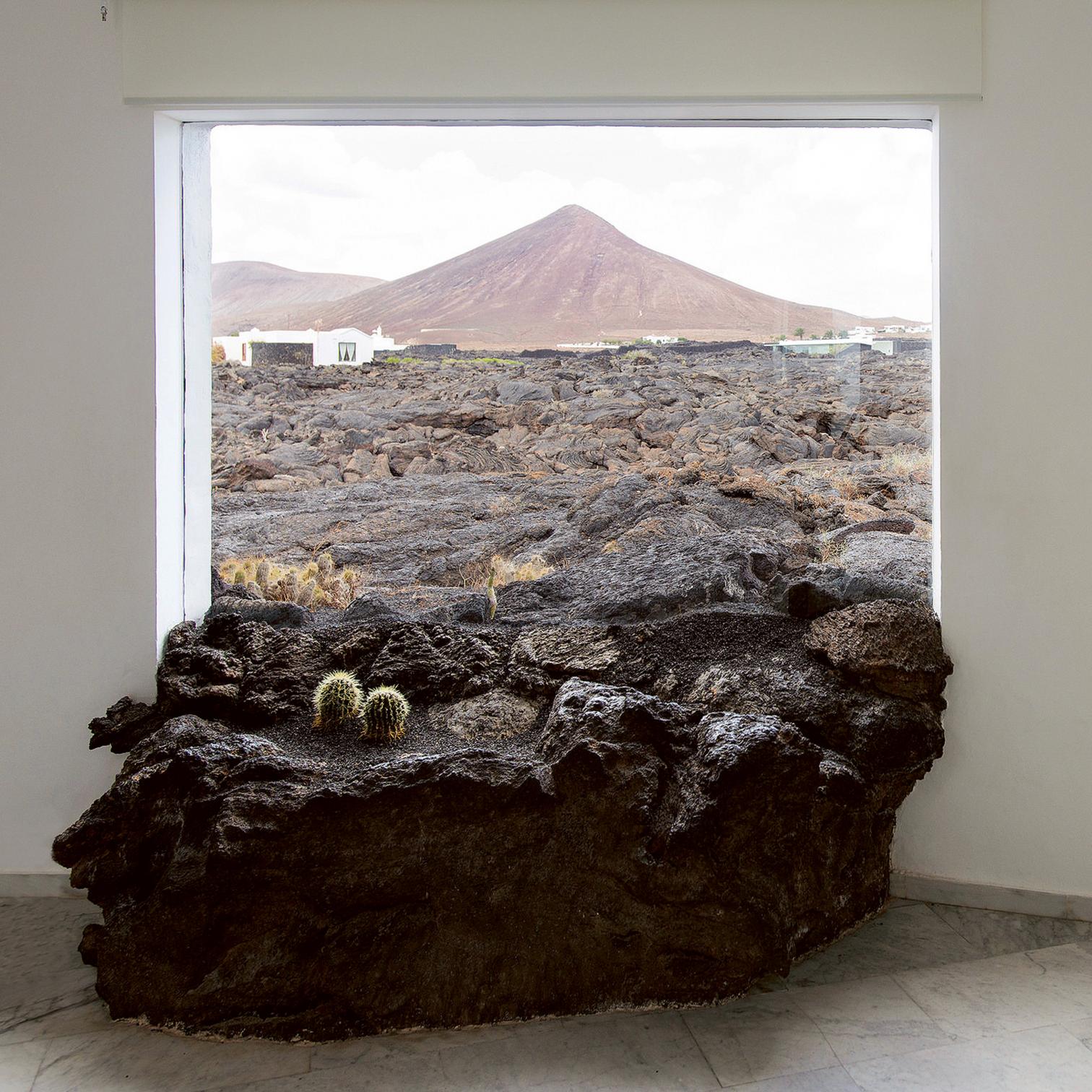
The cave-house in Lanzarote that César Manrique started to build for himself in the year 1968 addresses the requirements of an autobiographical program while exceeding the bounds of architecture. Terence Riley perceived Taro de Tahíche as “a Jung dream.” The artist himself interpreted it as an extremity of his own identity: “a prolongation of myself.” Manrique invented his tomorrow cloistering himself in the basalt rock, opening the horizon to an unbiased hereafter in a gesture of futuristic prehistory.
On his return from New York, he discovered the volcanic bubbles over which he would build his studio-house in a river of lava: “I saw with great clarity its magic, its poetry, and at the same time its functionality.” From the outset he was aware of the poetic-landscaping reach of his intuition. He fulfilled his purpose paying tribute to the purity of popular architecture and metonymically encapsulating the essence of Lanzarote and its builder: an island-house. Taro de Tahíche soon became an iconic amalgam, a vibrant showcase of the island and its guardian, each inseparable from the other. Its extraordinary physical features were reinforced by its owner’s expansive way of inhabiting it. House and person took nourishment from each other in a vigorous alloy...





